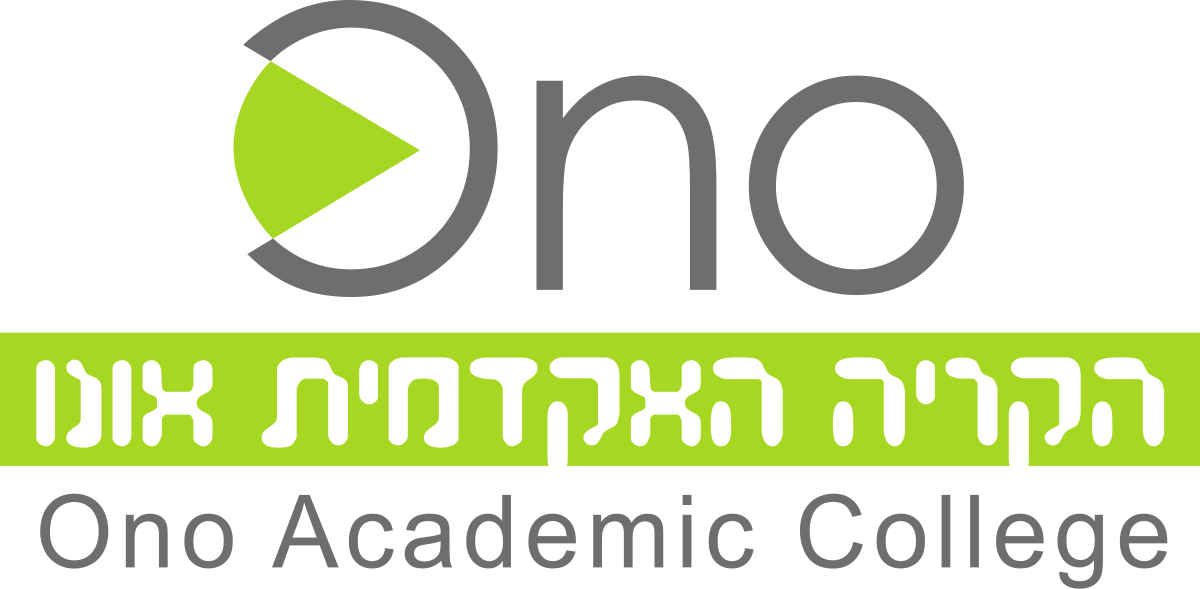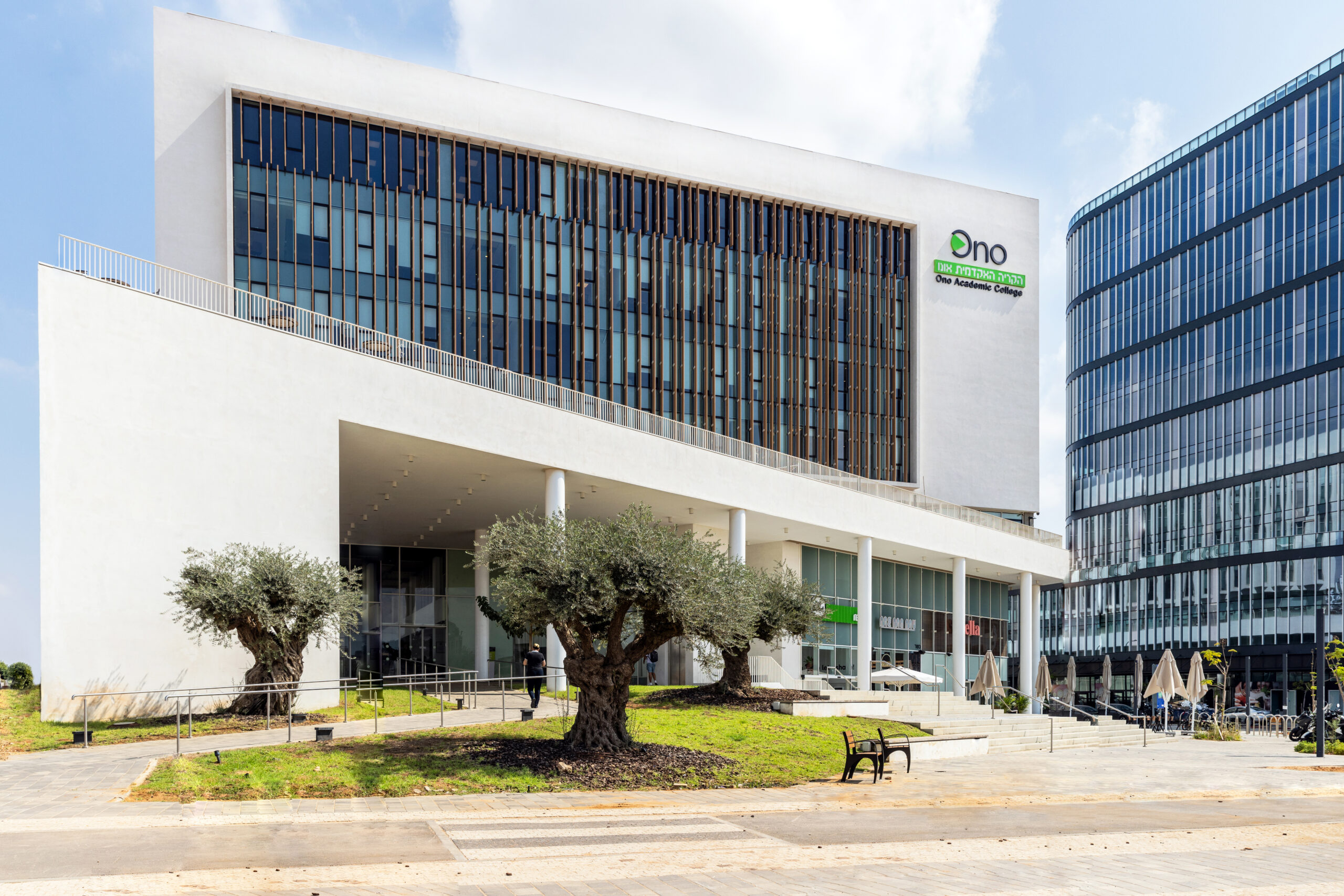
Prof. Ella Been
Head of the Department of Sports Therapy and Chair of the Appointments Committee
About
Professor Ella Been, Ph.D. in Anatomy and Associate Professor at Ono Academic College, Faculty of Health Professions. She is the founder and head of the Sports Therapy Program at Ono and serves as an adjunct lecturer in the Department of Anatomy and Anthropology at the Tel Aviv University Faculty of Medicine. She also chairs the Faculty Appointments Committee at the Ono Academic College’s Faculty of Health Professions. Professor Bein is a member of the World Federation of Athletic Training and Therapy (WFATT) and the Israel Association of Sports Therapy and Athletic Training (AT).
Previous Roles: Professor Been completed her studies in physiotherapy in 1990 and began her academic career in 1995 in the Physiotherapy Program at Tel Aviv University. In 2007, she joined the faculty of the Department of Anatomy and Anthropology at Tel Aviv University’s Faculty of Medicine. From 2011 to 2013, she served as the Deputy Head of the Physiotherapy Program at Zefat Academic College. Since 2014, she has held various positions at Ono Academic College.
Publications: Approximately 90 peer-reviewed scientific publications.



